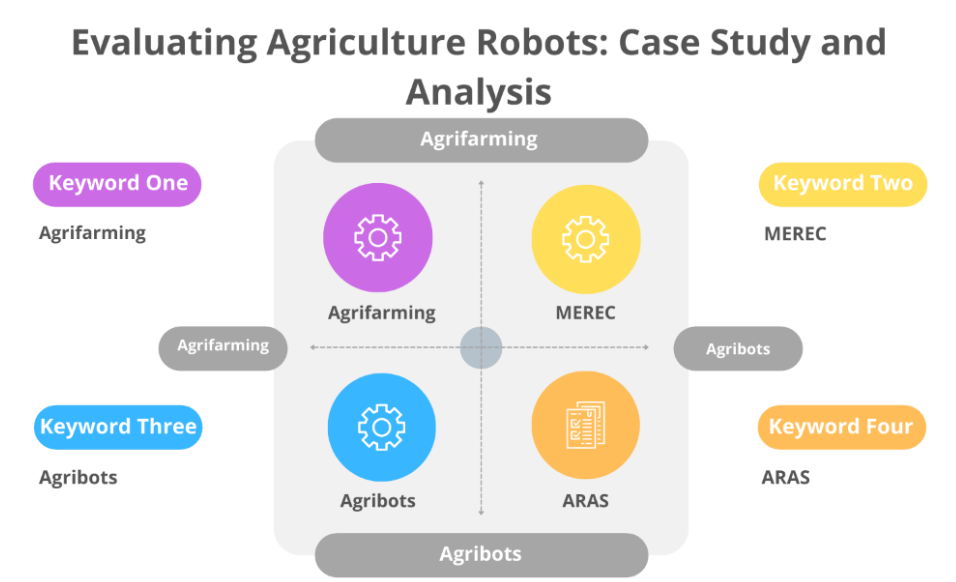Evaluating Agriculture Robots: Case Study and Analysis
Main Article Content
Abstract
The technical revolution paved the way for the development of robots that can now operate in a variety of areas. The smart farming technique called robotic agrifarming has the potential to alleviate the worldwide labor shortage while increasing agricultural productivity and food safety. From planting to harvesting, agribots perform field operations that enhance soil quality and ensure long-term growth. That's why it's essential to create a decision-support system that helps choose the best robot for an agricultural task. The goal of this study is to create an integrated decision system for assessing agriculture robots using the method based on removal effects of criteria (MEREC). Founded on a lot of alternatives like project viability, ecosystem aptness, community conditions, governmental embracing, and profit, the performance of seven field robots is evaluated. The advantage of the developed ranking technique is that it follows the additive ratio assessment (ARAS) method, which is indeed a specific technique used for multi-attribute decision-making (MADM), particularly in the field of environmental management and evaluation. It's commonly employed when there are multiple factors or criteria to consider in decision-making processes and prioritizing the alternatives.
Downloads
Article Details

This work is licensed under a Creative Commons Attribution 4.0 International License.





